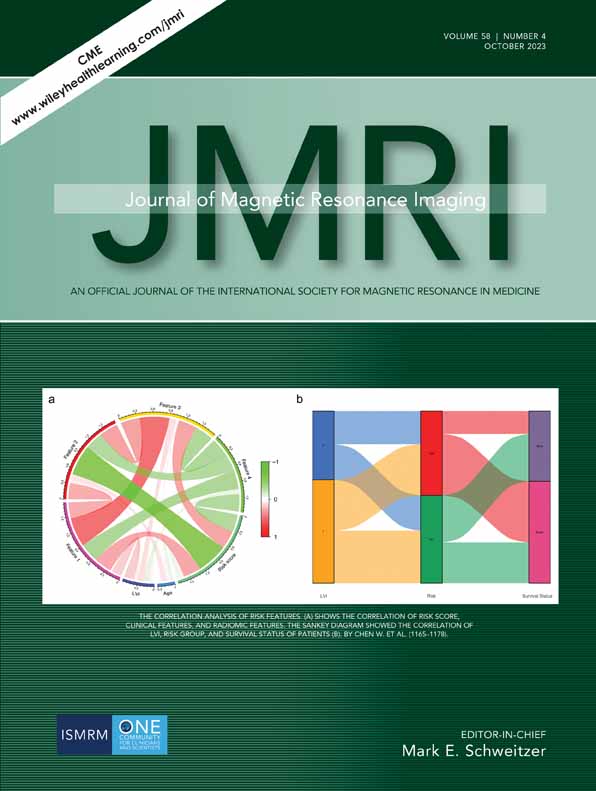Placental Area in the Lower Uterine Segment, Cervical Length, and Clinical Outcome in Pregnancies With Complete Placenta Previa
Contract grant sponsor: Maternal and Children's Health Research Project of Jiangsu Province; Contract grant numbers: F202108, F202049; Contract grant sponsor: Suzhou Science and Technology Plan Research Project; Contract grant numbers: SKJYD2021222, SYSD2020133.
Abstract
Background
Complete placenta previa is associated with a higher percentage of adverse clinical outcomes and magnetic resonance imaging (MRI) is widely used in the preoperative examination of patients with placenta previa.
Purpose
To evaluate the effectiveness of the placental area in the lower uterine segment and cervical length in identifying the adverse maternal–fetal outcomes in women with complete placenta previa.
Study Type
Retrospective.
Population
A total of 141 pregnant women (median age, 32; age range, 24–40 years) with complete placenta previa were examined by MRI to evaluate the uteroplacental condition.
Field Strength/Sequence
A 3 T with T1-weighted imaging (T1WI), T2-weighted imaging (T2WI), and half-Fourier acquisition single-shot turbo spin echo (HASTE) sequence.
Assessment
The association of the placental area in the lower uterine segment and cervical length measured using MRI with the risk of massive intraoperative hemorrhage (MIH) and maternal–fetal perinatal outcomes were determined. The adverse neonatal outcomes (preterm delivery, respiratory distress syndrome [RDS], admission to neonatal intensive care unit [NICU]) were analyzed in different groups.
Statistical Tests
The t-test, Mann-Whitney U test, Chi-square, Fisher's exact test, and receiver operating characteristic (ROC) curve were used, and a P < 0.05 indicated a statistically significant difference.
Results
The mean operation time, intraoperative blood loss, and intraoperative blood transfusing were significantly higher in patients with large placental area and short cervix than in patients with the small placental area and long cervix, respectively. The incidence of adverse neonatal outcomes was significantly higher in the large placenta area group and short cervix group than in the small placenta group area and long cervix group, respectively, such as preterm delivery, RDS, and NICU. By combining placental area with cervical length sensitivity and specificity increased to 93% and 92%, respectively, for the identification of MIH > 2000 mL with area under the receiver operating curve (AUC) 0.941.
Data Conclusion
Large placental area and short cervical length may be associated with a high risk of MIH and adverse maternal–fetal perinatal outcomes in patients with complete placenta previa.
Level of Evidence
3.
Technical Efficacy Stage
2.




